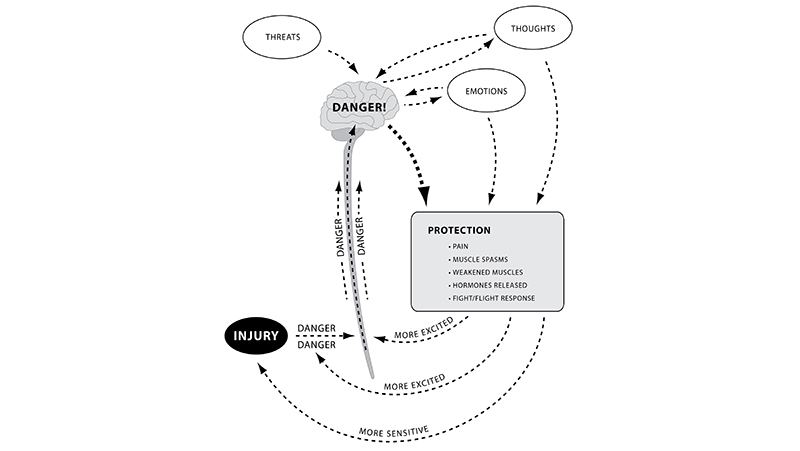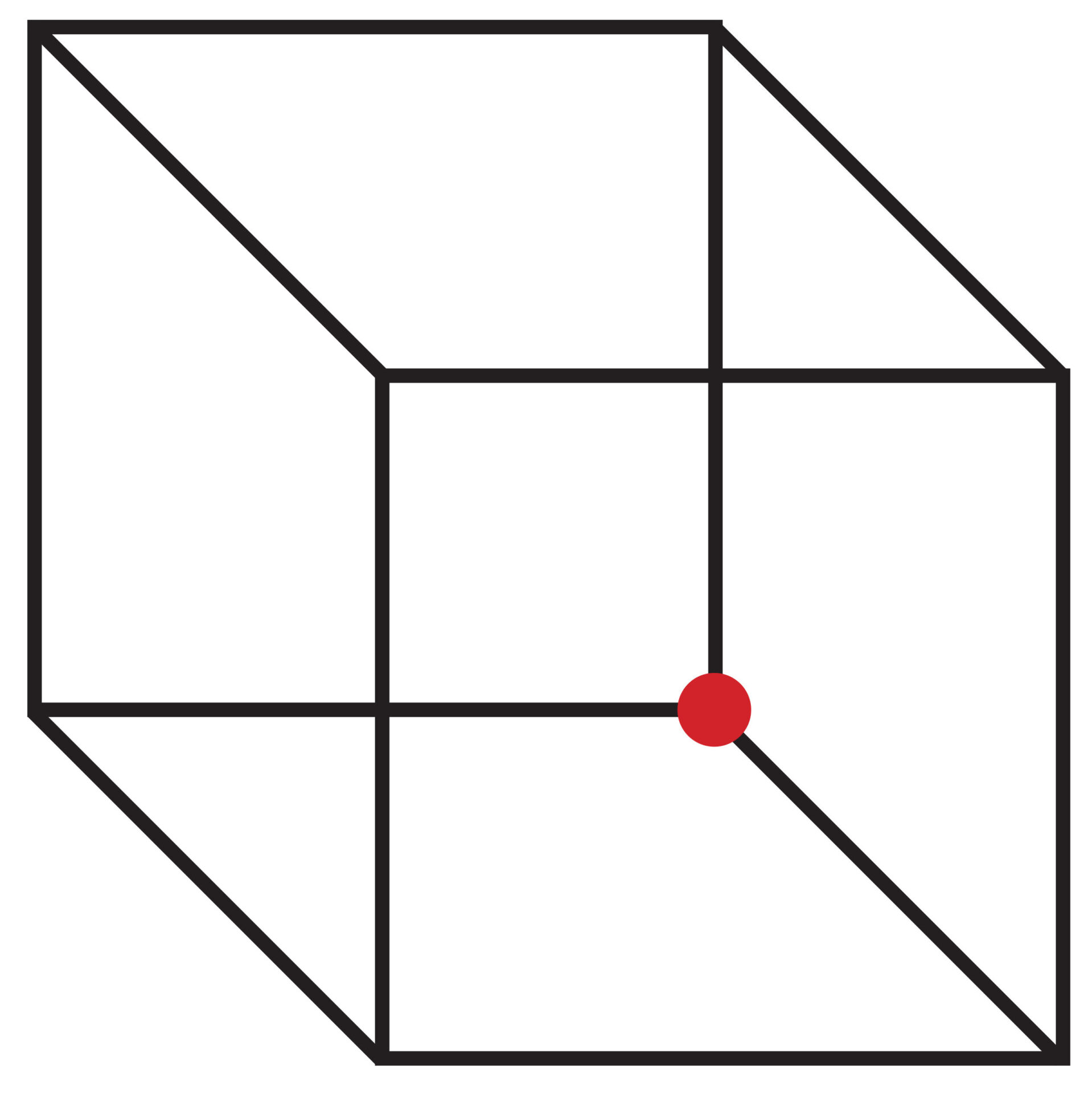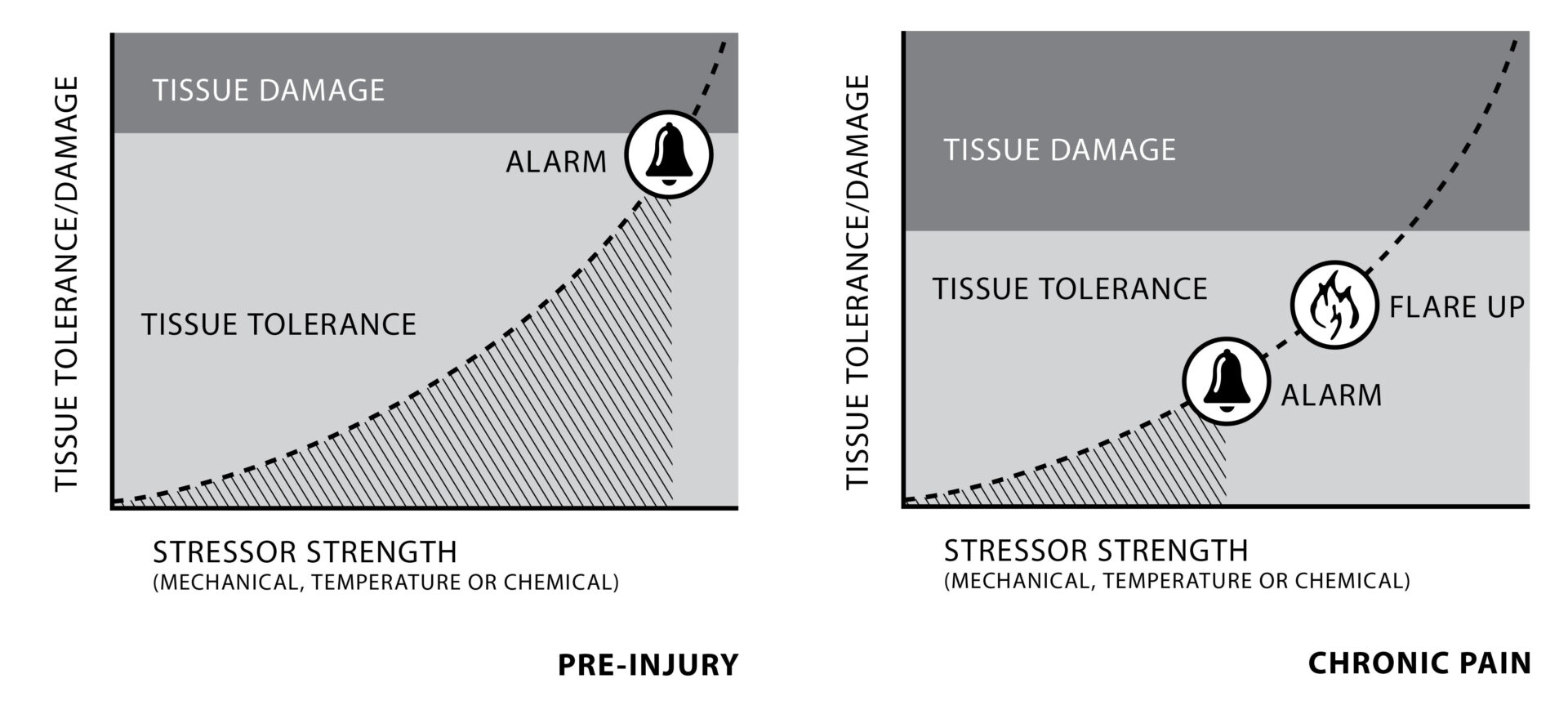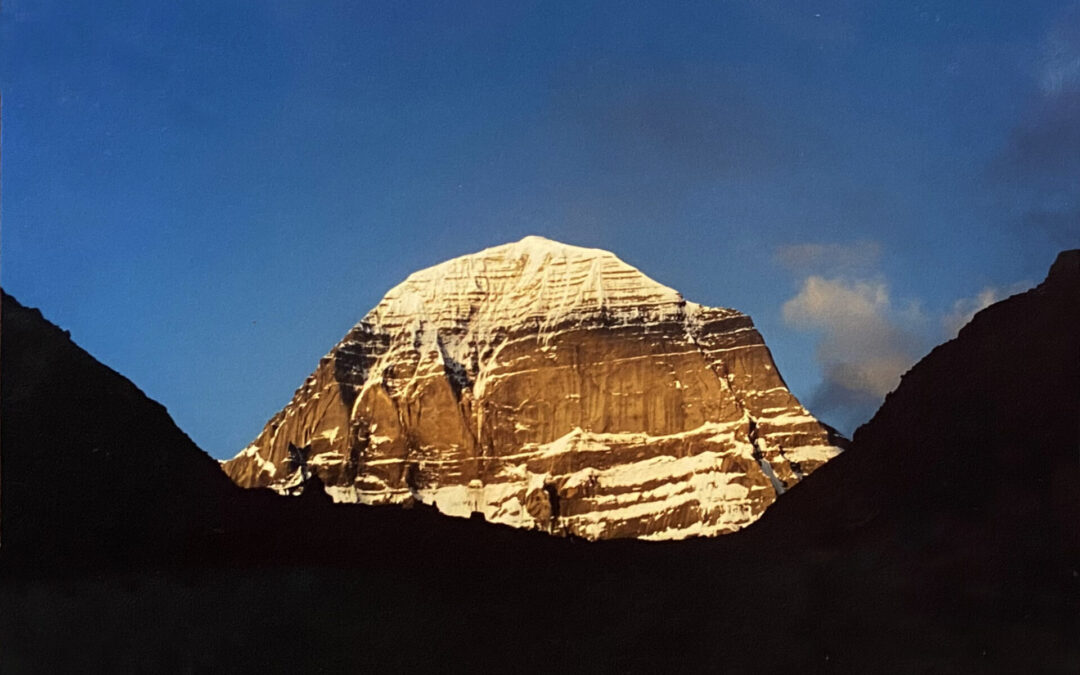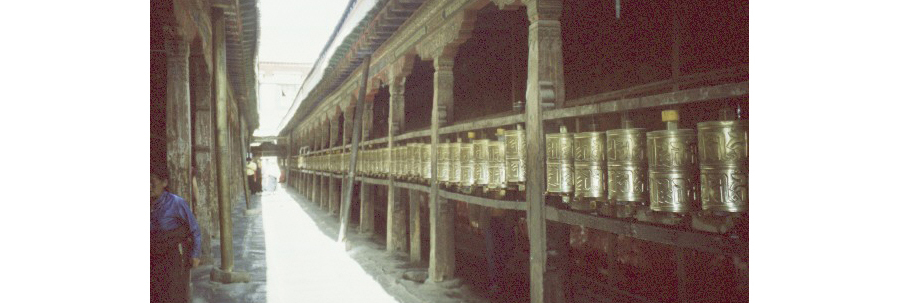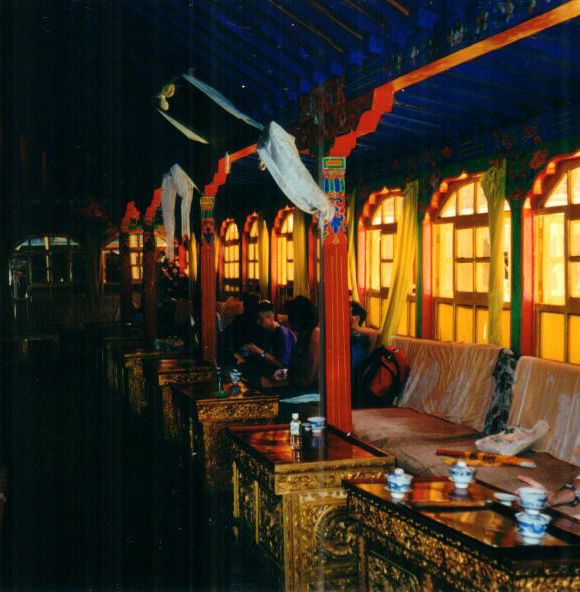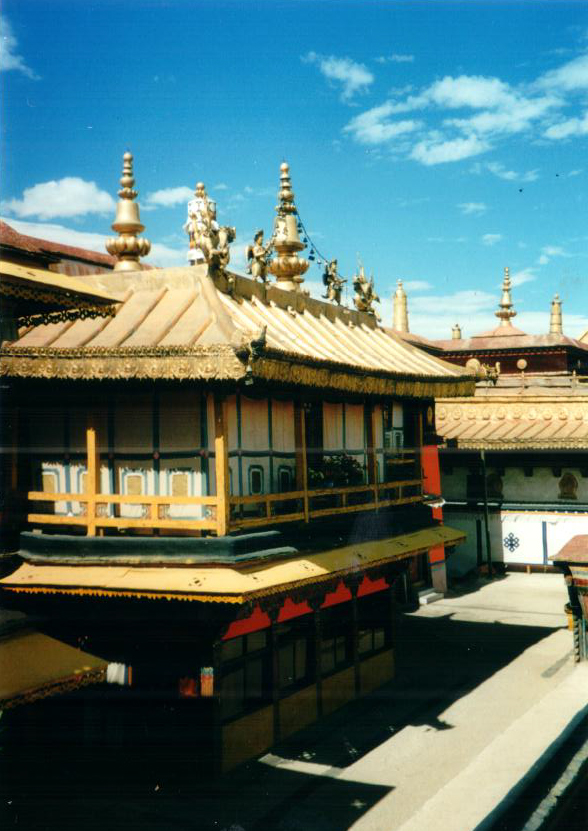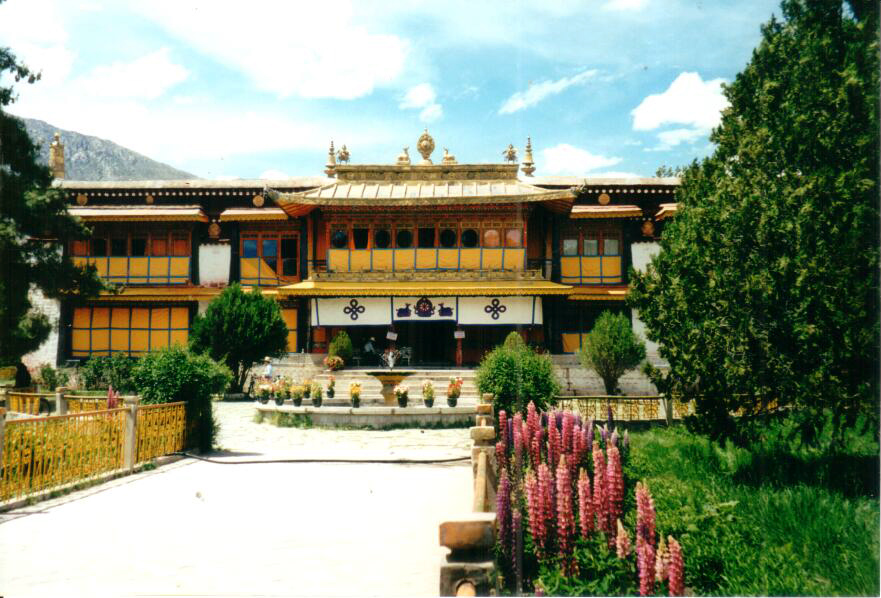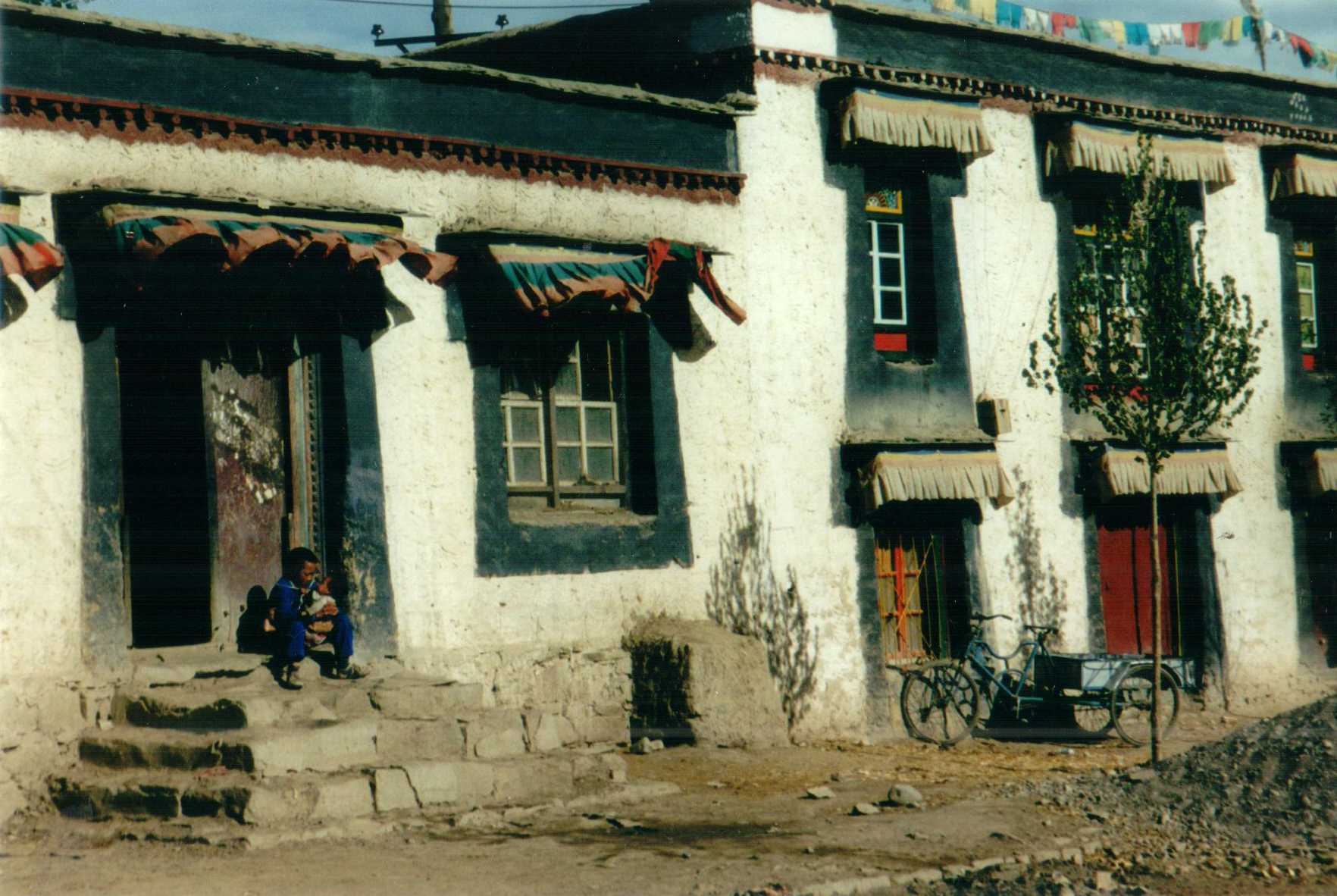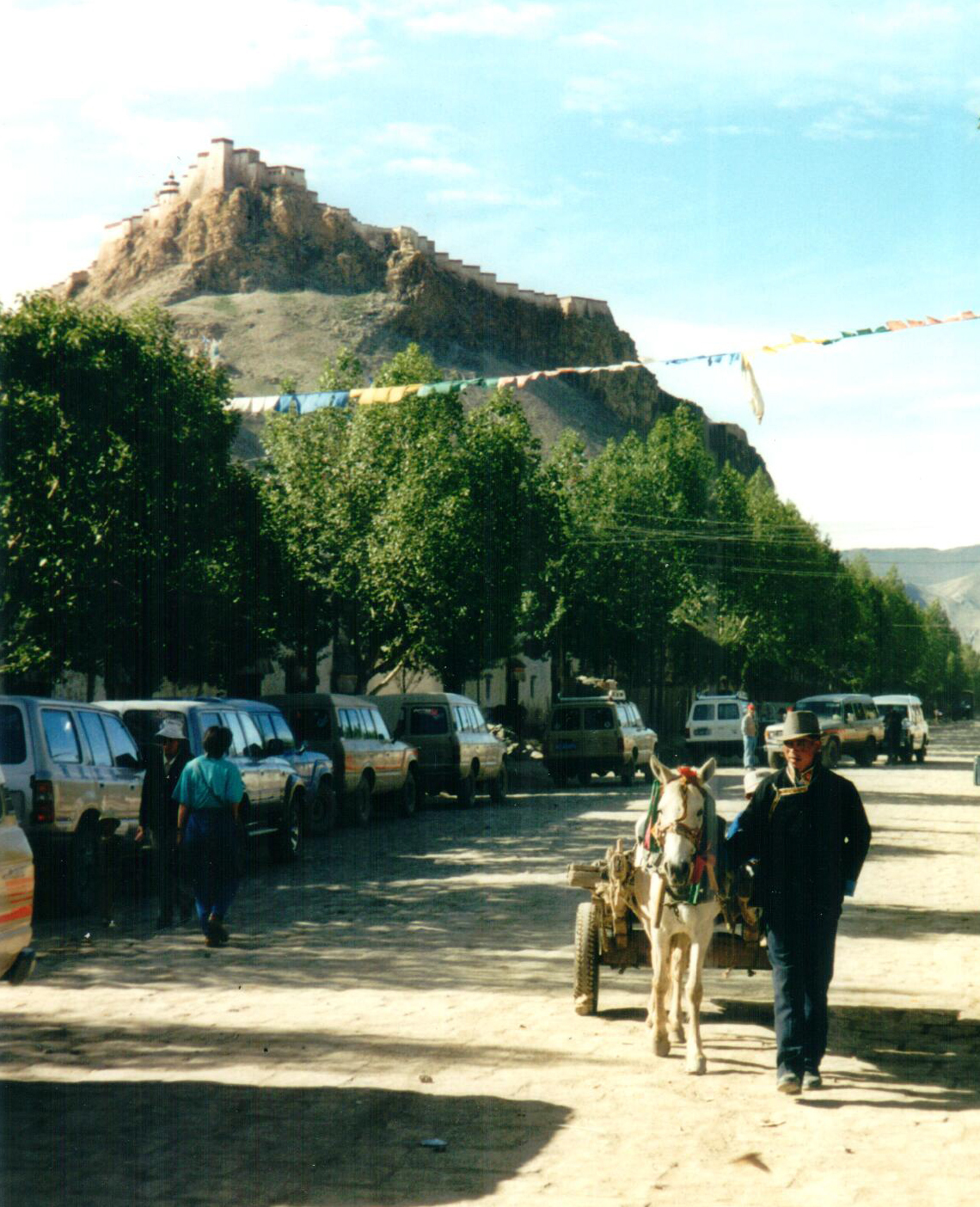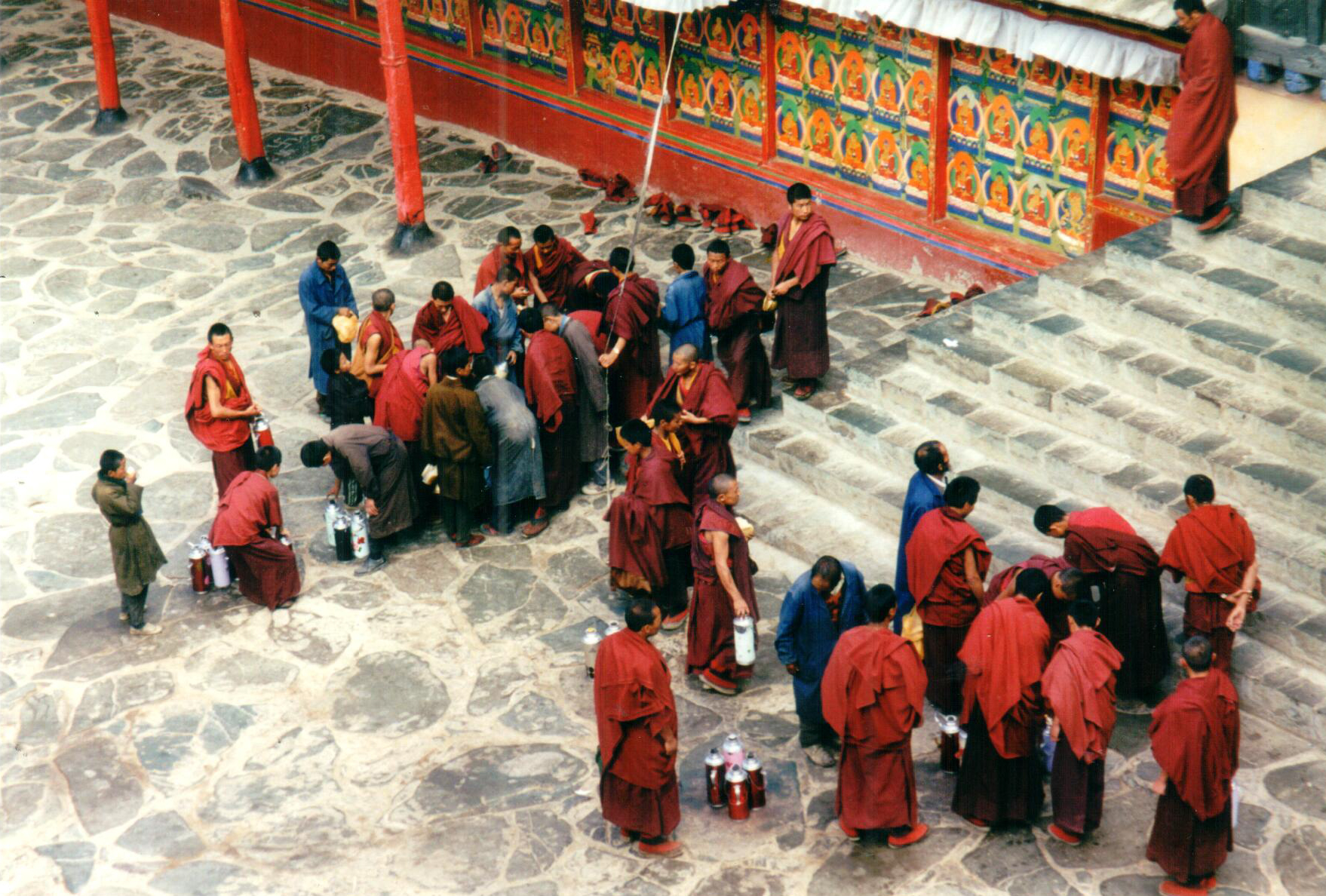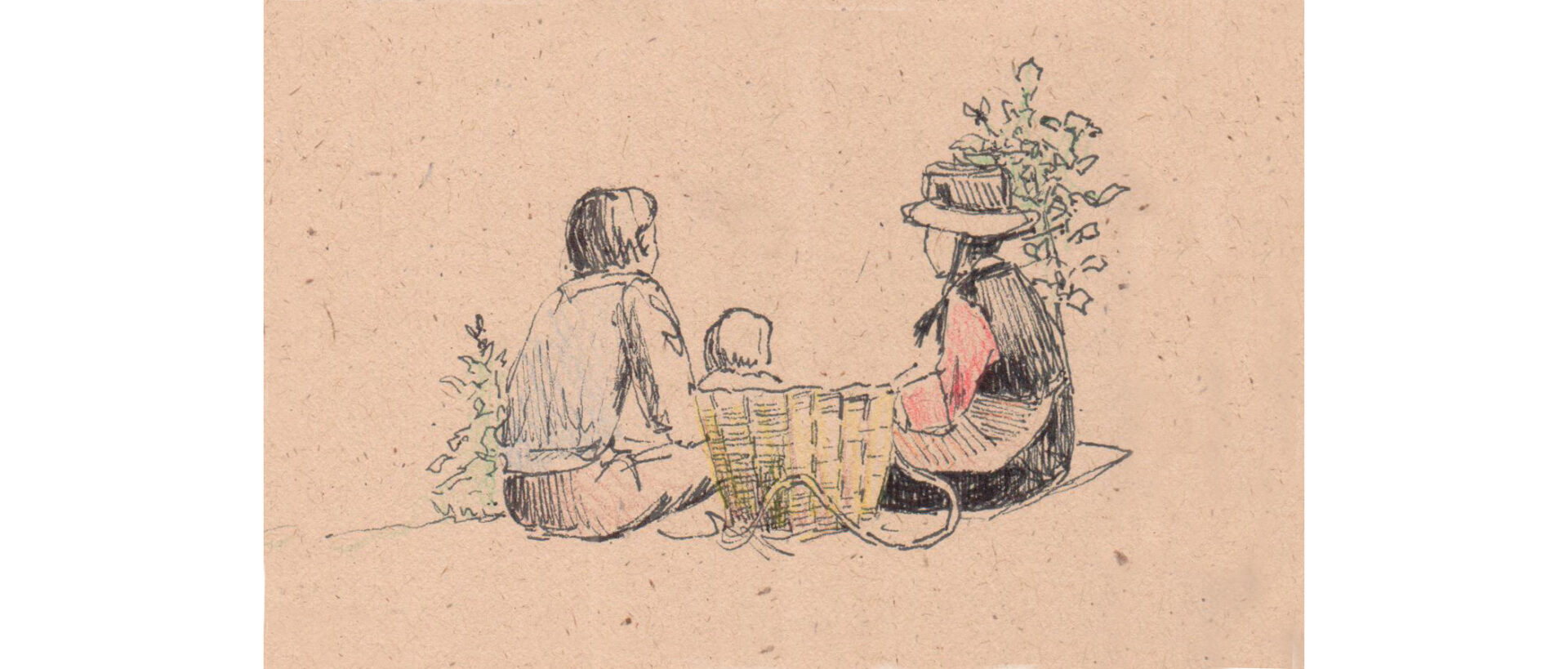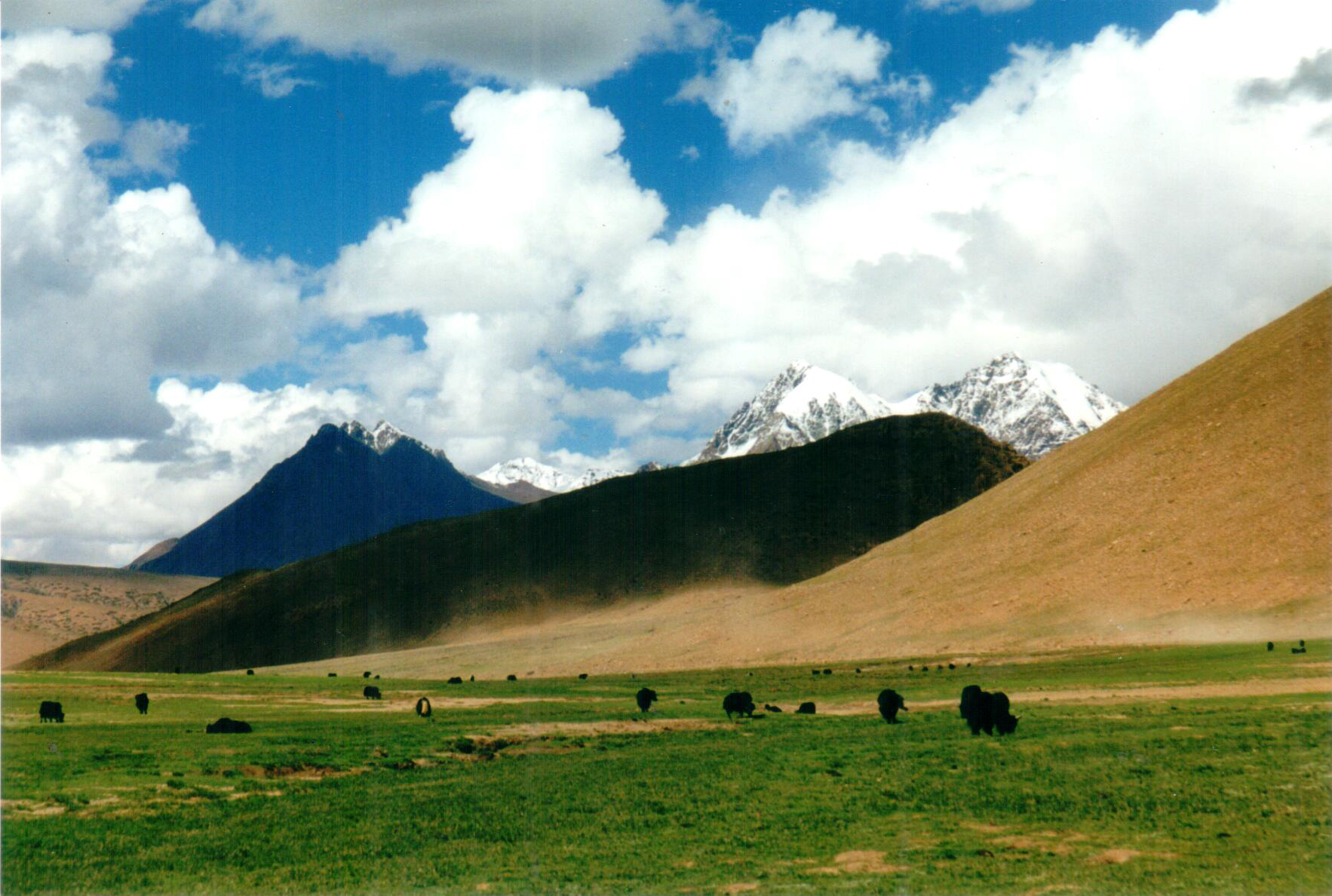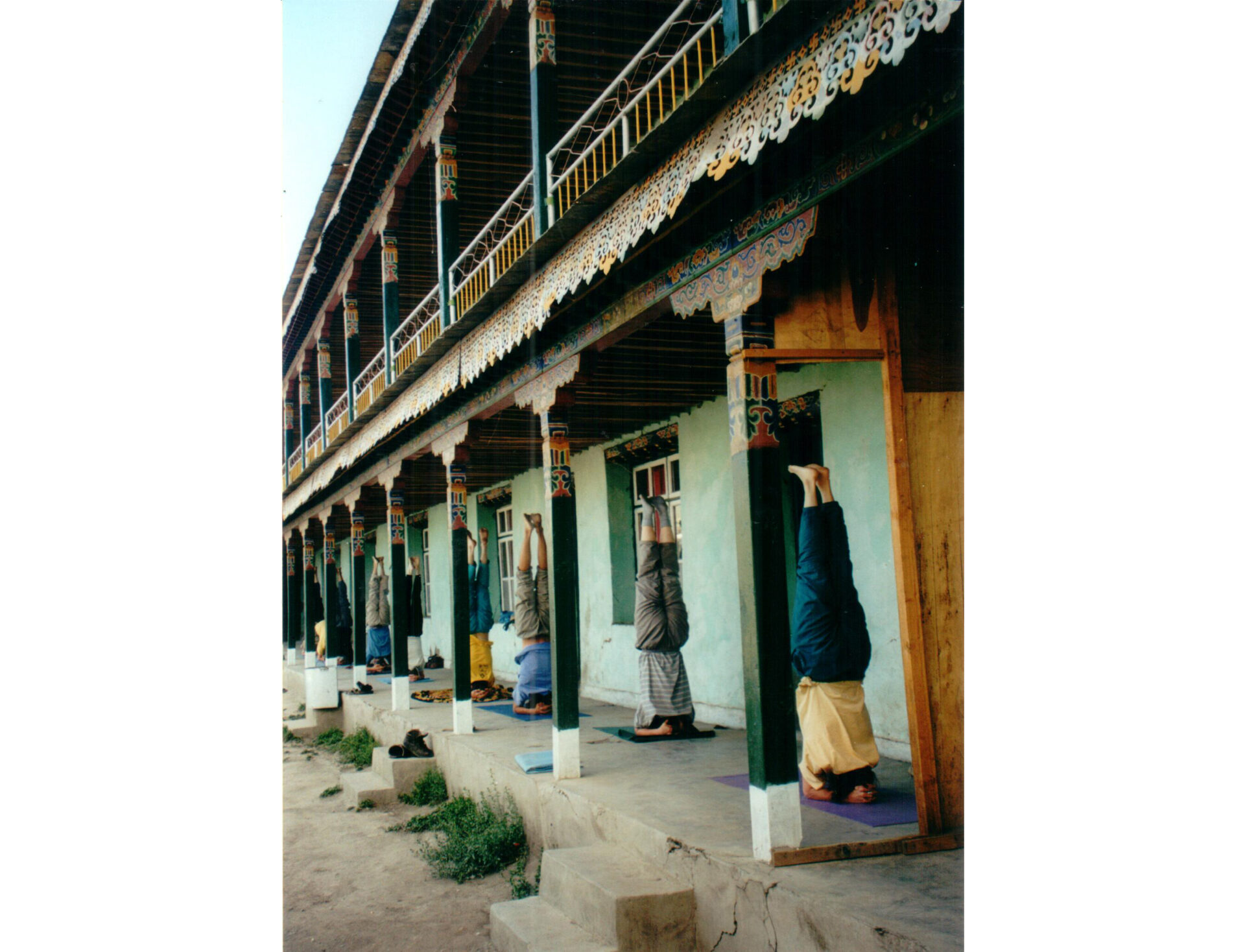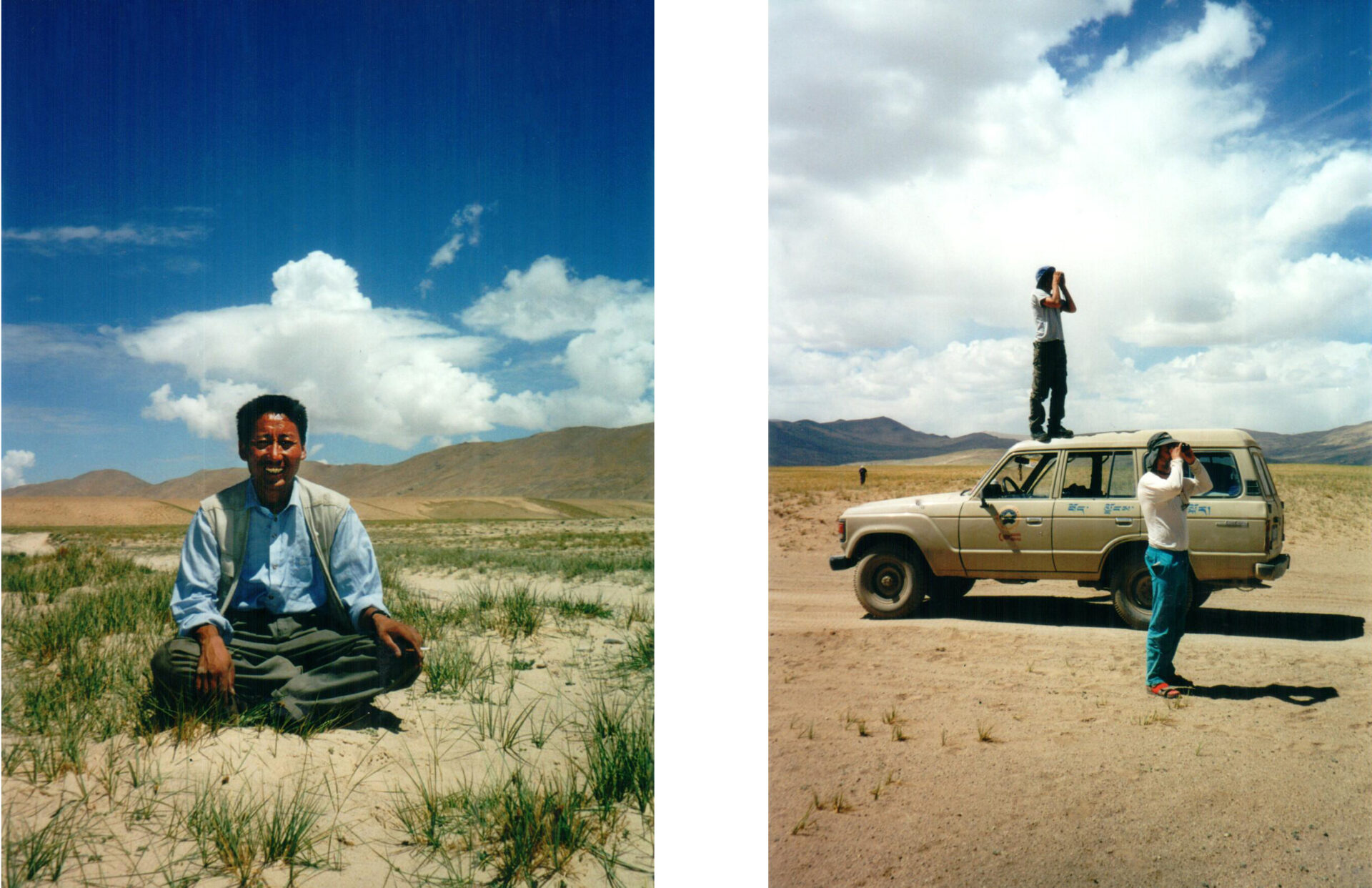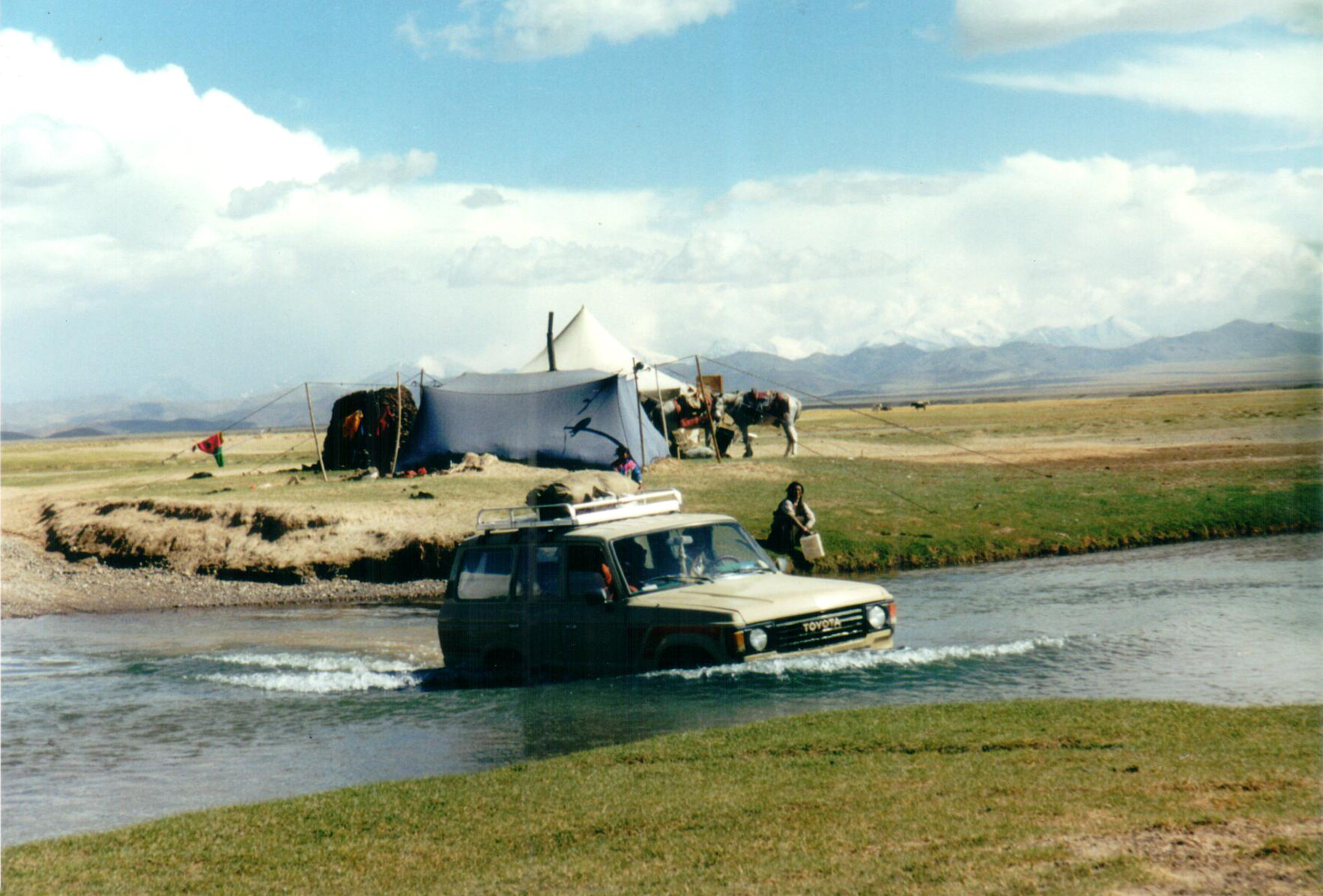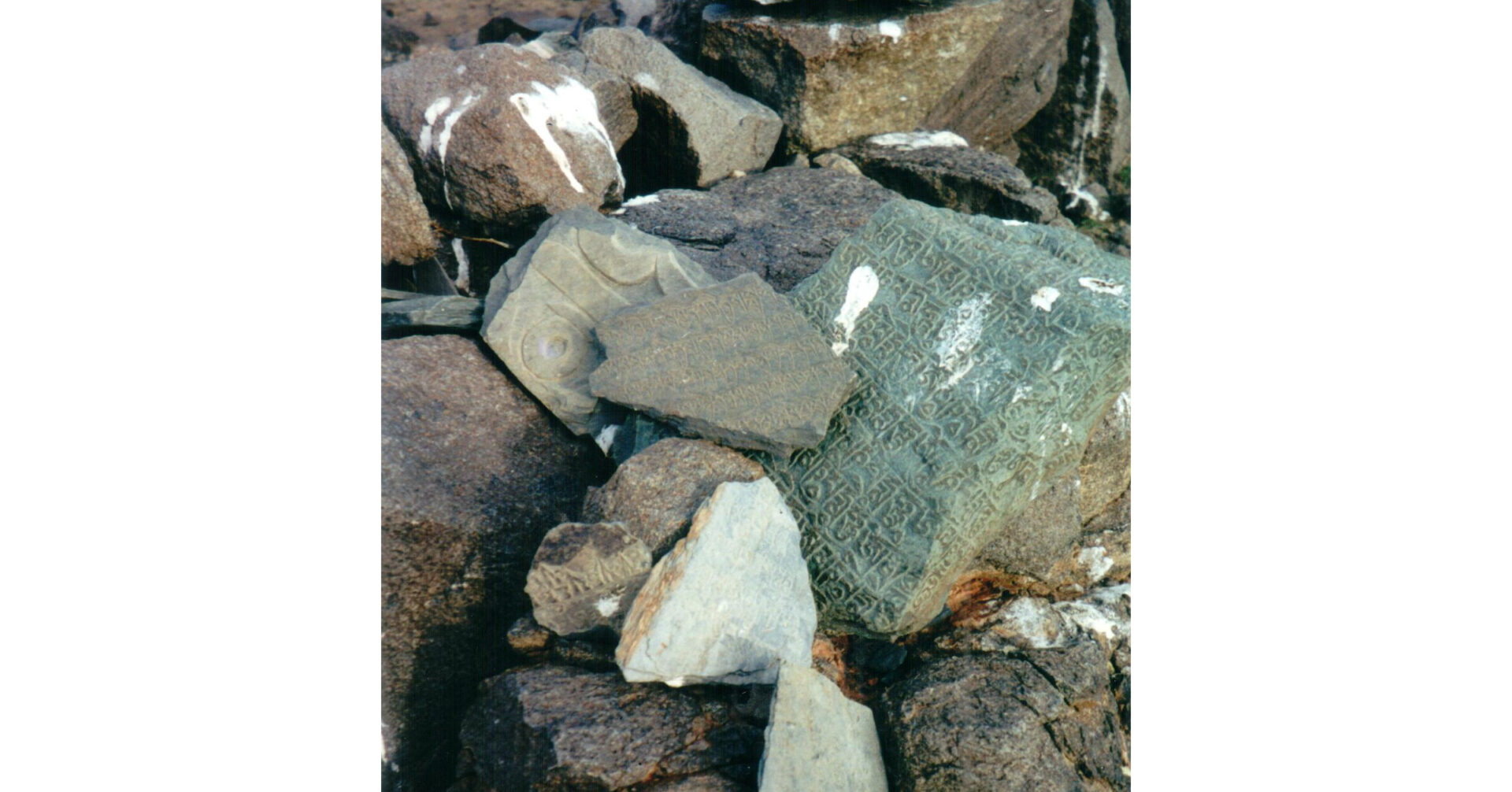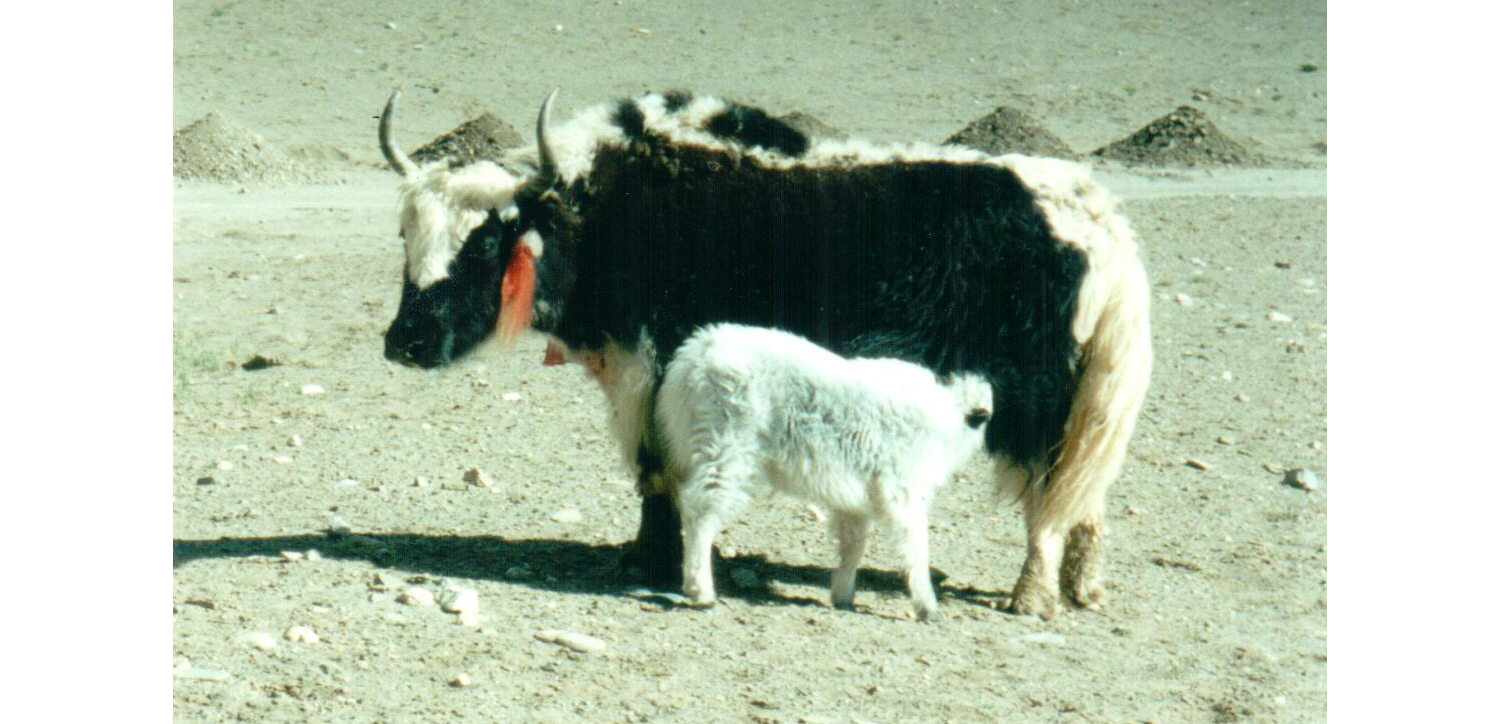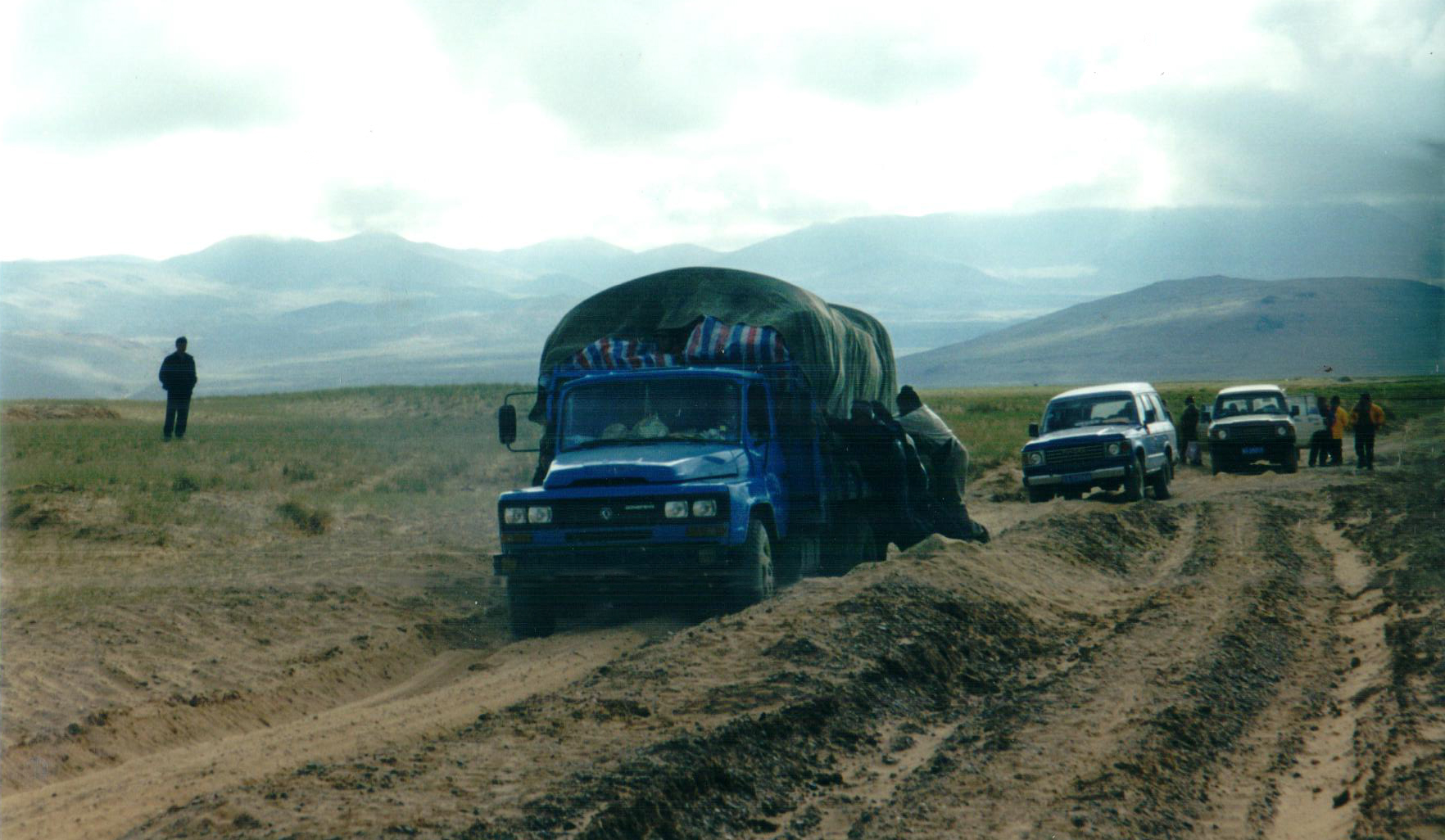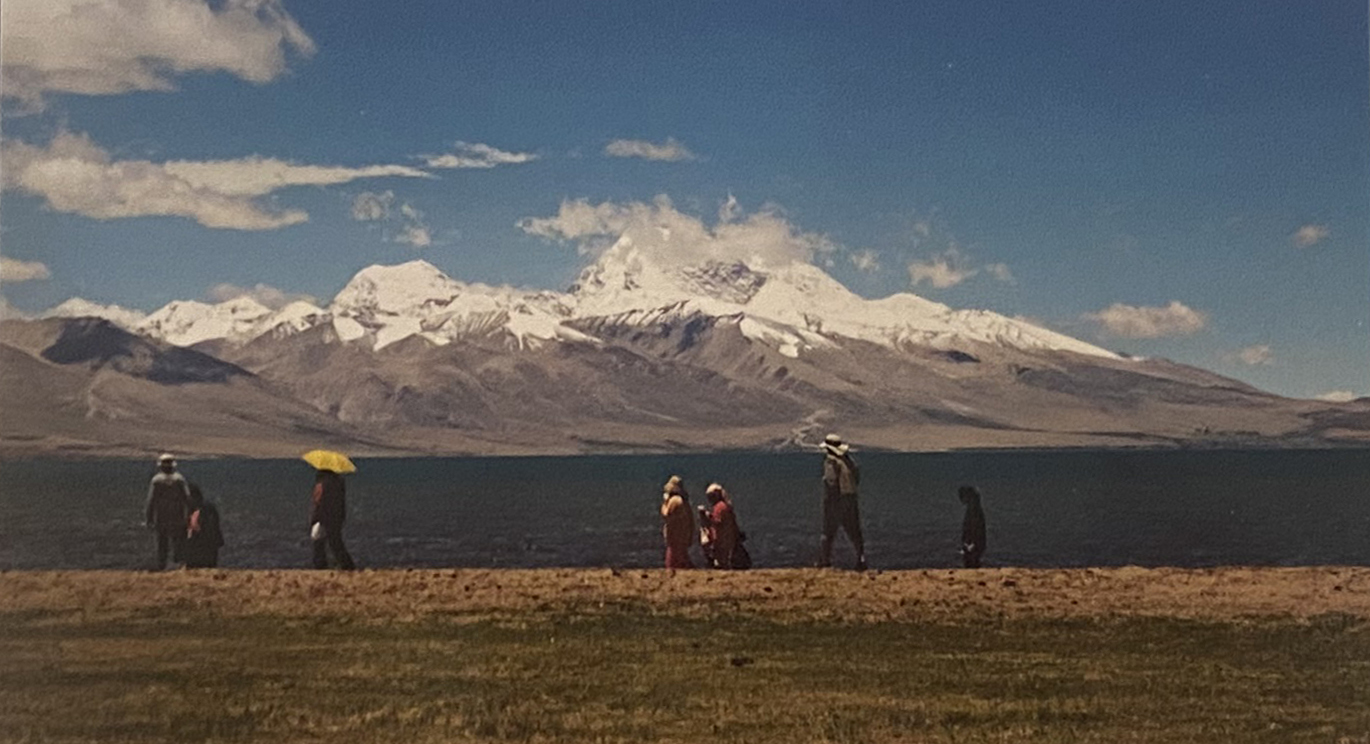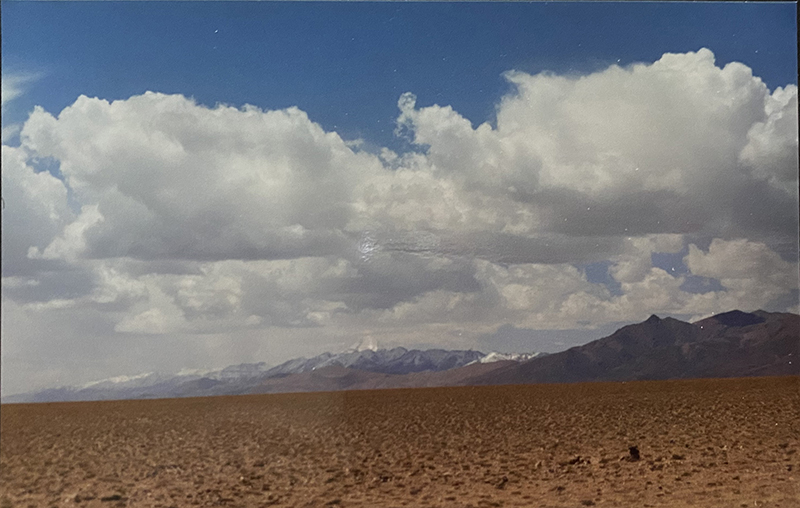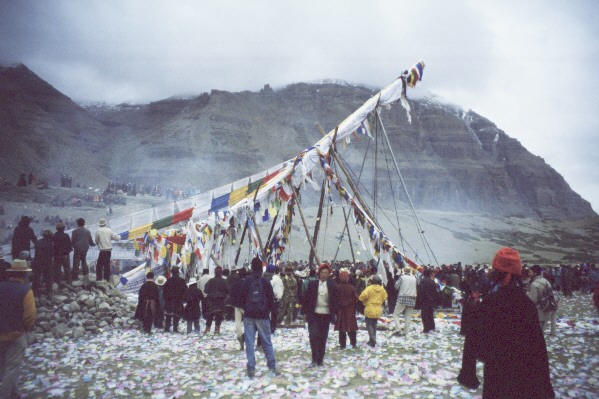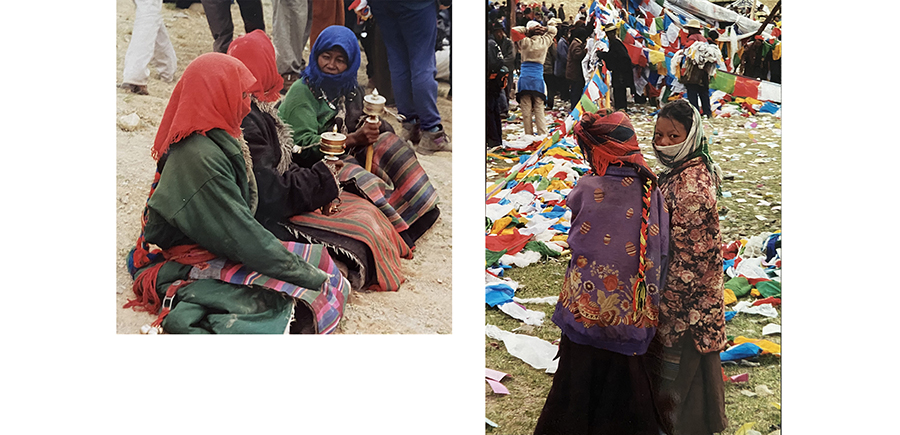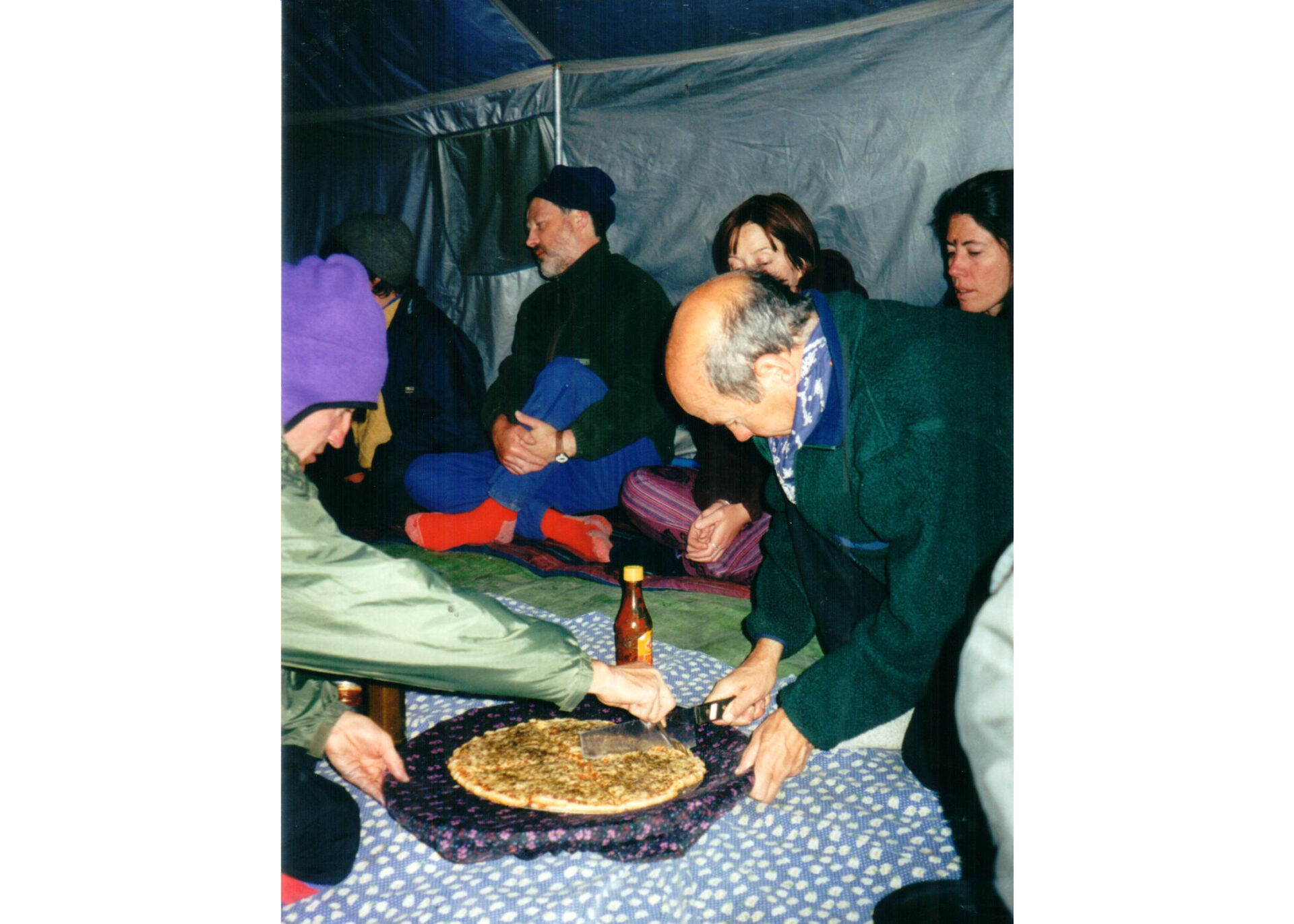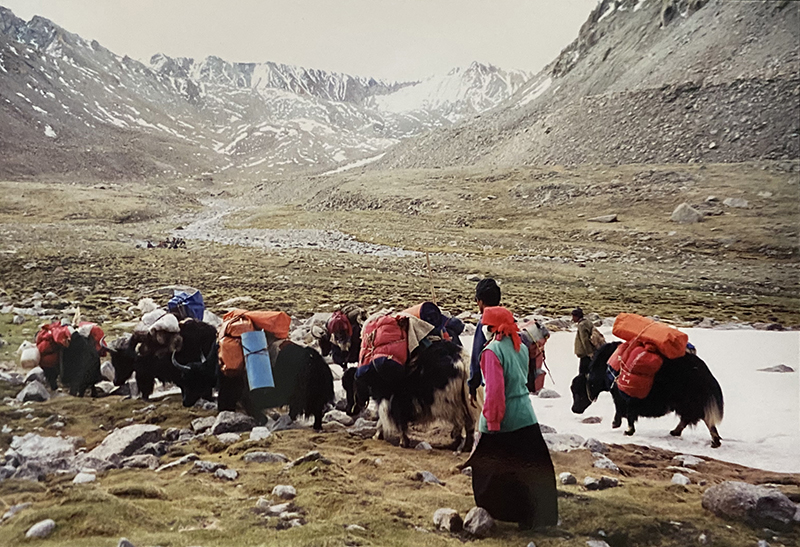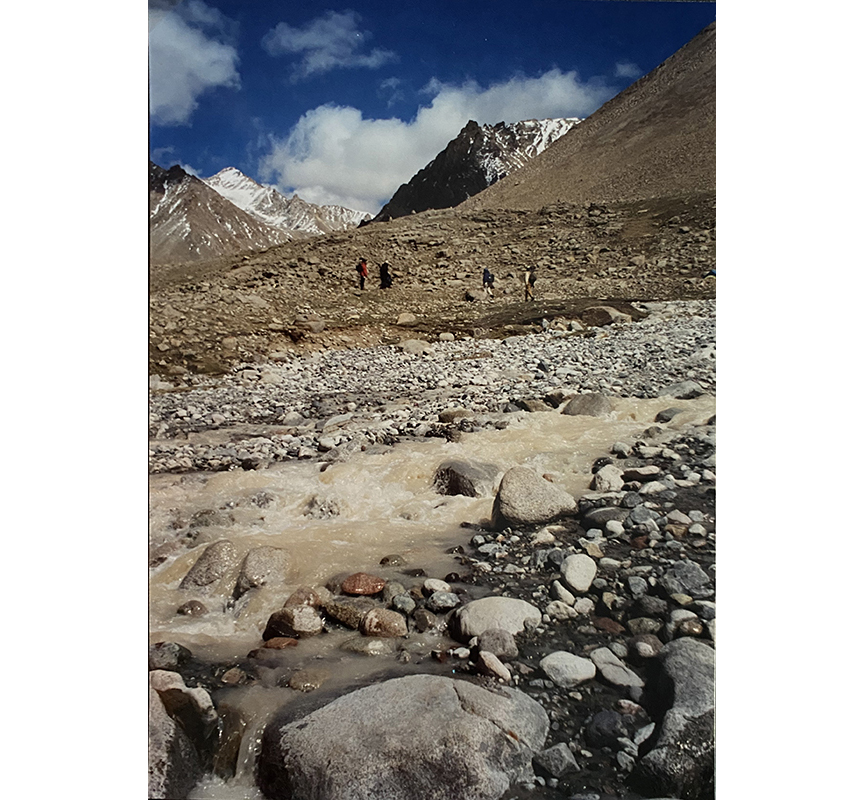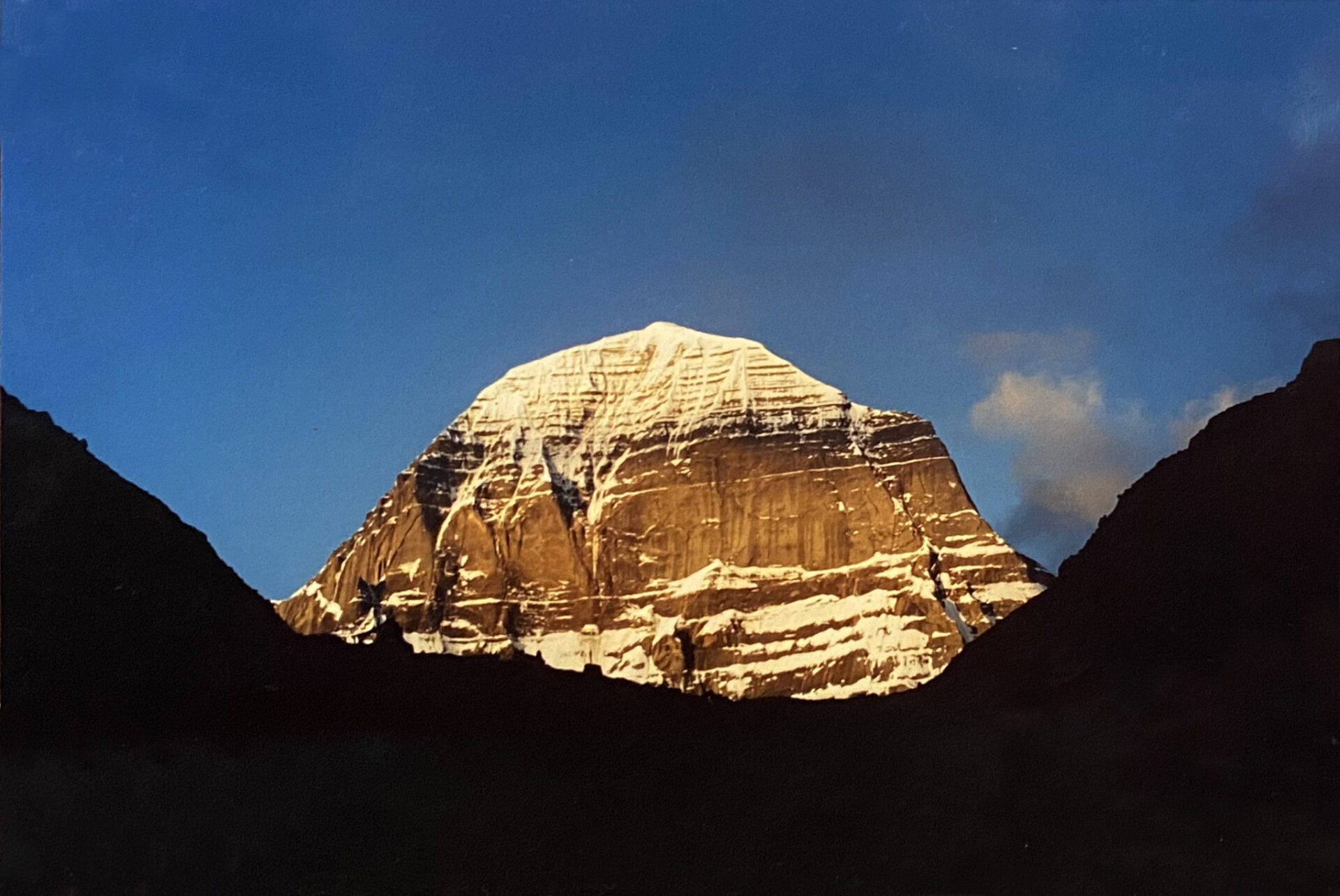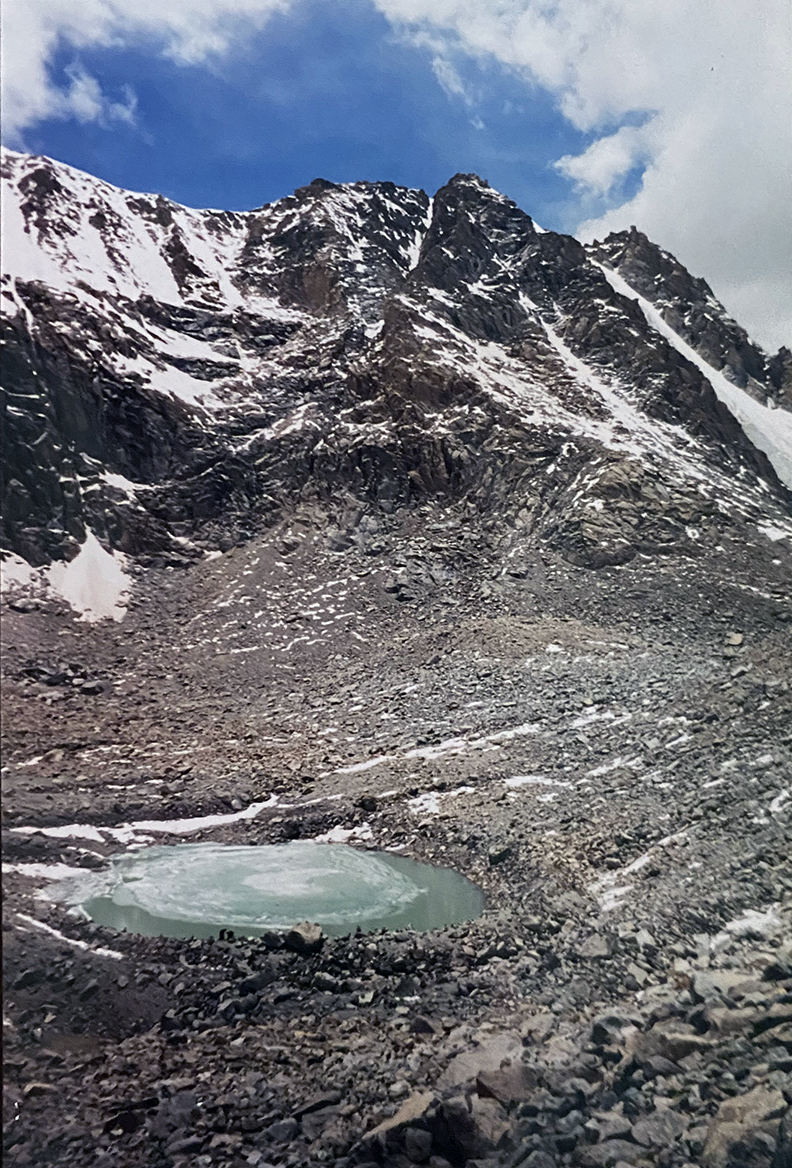
108 Quotes by Swami Sivananda
1. Destiny is powerless before Divine Grace.
2. Love beautifies the giver and elevates the receiver.
3. Mineness is the cause of all pains and sorrows.
4. Where there is no selfishness, there is peace, joy and illumination.
5. Sadhana is a lifelong process.
6. Meditation is the invocation of the divinity lying deep within.
7. Atman is an ocean without a shore or surface.
8. Sense perception is self-deception.
9. Nature molds you constantly into the image of God.
10. Introvert. Introspect. Investigate and intuit.
11. Be serene. Let an unshakable calmness reign within you. Never, never worry.
12. Discern and discriminate. Evolve and expand. Enquire and discover.
13. Renounce what is earthly, if you wish to attain what is eternal.
14. God reveals Himself in different ways at different stages of evolution.
15. This world is an overflow of the bliss of God.
16. The crown of spiritual life is the vision of unity.
17. Sow the seed of self-discipline. Water it with love.
18. Thought becomes speech. Thought becomes action.
19. With every struggle you evolve a little.
20. Develop always positive and constructive thoughts.
21. Make friendship with humility. Then the people of the world will be your friends.
22. Love is the greatest creative force in the world.
23. You can secure happiness if you contribute to the happiness of others.
24. Past and future are dreams. The present moment is the only reality.
25. World is God limited by mind.
26. Every moment in the waking state that is free from thought is a state of Samadhi.
27. He who is contented and calm is happy.
28. I am always the knower, the knowing subject.
29. Prevent your mind from going outwards, become still and watch it.
30. Consciousness, though invisible, illumines everything.
31. To get rid of external conflicts we should go to the inner solitude.
32. You are the spark of divinity. Assert this and roam fearlessly.
33. Happiness comes from within. It cannot come from without.
34. Names of God soothe the nerves.
35. Love is the healing stream of life.
36. Let your eye look with kindness and your tongue speak with sweetness.
37. You can develop will-power if you do what the mind does not want to do.
38. Prayer and meditation are the food and water of the soul.
39. Endless and beginningless is the Soul or Atman.
40. Thinking is samsara.
41. Difficulties come to test you and thereby to help you by strengthening your will, patience and power of endurance.
42. Arm yourself with discrimination, cheerfulness, discernment, alacrity and undaunted spirit. A brilliant future is awaiting you.
43. Be serene. Serenity is like a rock. Waves may dash on it but they cannot affect it.
44. Mind is the cause for bondage and freedom.
45. That which separates you from God is mind.
46. Mind havocs through the power of fluctuation.
47. Desires are innumerable, insatiable, and unconquerable. Enjoyment cannot bring in satisfaction… Enjoyment fans the desire.
48. Take everything as it comes, instead of complaining.
49. Whatever object the mind likes much must be given up.
50. The mind can be controlled by untiring perseverance and patience equal to that of one engaged in emptying the ocean, drop by drop, with the tip of a blade of grass.
51. God has no purpose.
52. Pocket insults.
53. Justice, mercy, compassion, honesty, selfless service, sacrifice, self-restraint, are the ingredients or limbs of ‘Be good, do good’ yoga.
54. Pure love is a divine flame, ever brilliant, never exhausted. It is the very essence of pure love to be willing to suffer for the good of others, to place its happiness in the happiness of others.
55. Just as gold is purified by passing it through the crucible several times, so also the heart must become pure, the faith must become unflinching, through passing through the crucible of trials again and again.
56. The two obstacles to self-surrender are egoism and desire.
57. There is no loss in self-surrender.
58. Divine love overflows to others once it has filled your heart.
59. Love breaks down all barriers.
60. Mind is nothing but a collection of impressions. It is a bundle of habits.
61. To love is to suffer. Love and suffering always go together.
62. The nearer one approaches the Truth, the happier one becomes.
63. A purified mind can grasp anything.
64. Time is a mode of the mind. Time is a mental creation.
65. Spiritual life and devotion to God are essential for preventing a feeling of frustration in life.
66. Share what you have with others. This is Vedanta.
67. If you help someone, never remember it and if someone helps you, never forget it.
68. Difficulties exist only that you may grow strong by overcoming them. Failures are indeed stepping stones to success.
69. Giving itself is the secret of abundance.
70. Silence the surging thoughts and the bubbling emotions. Forget the body. Forget the world. Enter into the great calm.
71. Be kind, be compassionate, be humble, be tolerant, be good, be just, be natural.
72. Love is the dew drop of divine grace.
73. Mind your own business and rest in real peace.
74. There is no hope of immortality by any kind of riches.
75. The sensual pleasures of this momentary life on earth are certainly uncertain.
76. There is not an iota of happiness in this world.
77. The cause of pain is pleasure.
78. To enjoy the Supreme Peace, you should be humble, pure, forgiving, tolerant, unselfish, I-less and mine-less, generous and charitable.
79. You cannot buy happiness. It has to come from within.
80. Cessation of the mind implies achievement of happiness.
81. Peace comes gradually, slowly, stage by stage, step by step. Wait patiently.
82. Love alone can transform the world.
83. Give. Give. Give. Give freely and spontaneously. Give everything. Here lies the secret of abundance.
84. Be firm in your resolve and fiery in your determination. Have an iron will.
85. Grow. Expand. Evolve. Destroy separateness. Mix with all. Develop cosmic love.
86. Have purification. Do concentration. Cultivate reflection. Practice meditation. Achieve perfection.
87. Contentment alone can calm your restless mind.
88. Dive deep within by closing your eyes and banishing all thoughts of the world. Realize the eternal bliss.
89. There must not be the least attachment to any kind of work.
90. A mustard seed of pleasure is mixed with a mountain of pain.
91. Day by day feel more and more oneness with all life.
92. Cultivate humility and egoism will perish.
93. Be satisfied with any condition God places you in.
94. If there is a sincere demand for God, then the supply must come.
95. You can be transformed in the twinkling of an eye.
96. When you begin to analyze the mind, it dwindles to airy nothing.
97. The spirit of service must be deeply ingrained in your very bones, cells, tissues and nerves. The reward is invaluable.
98. If you don’t want someone to have certain traits, you treat them as if they don’t have those traits.
99. Attachment is the first child of Maya.
100. May we all work unselfishly with perfect harmony and healthy co-operation for the well-being of the world and for our own uplift!
101. If you really want God, you will find Him.
102. Wisdom dawns only in a pure and calm mind.
103. Science is not the enemy of religion but a preparation for it.
104. Never delay a second.
105. Cultivate peace first in the garden of your heart by removing the weeds of lust, hatred, greed, selfishness, and jealousy. Then only you can manifest it externally. Then only, those who come in contact with you, will be benefited by your vibrations of peace and harmony.
106. Man sows a thought and reaps an action. He sows an action and reaps a habit. He sows a habit and reaps a character. He sows a character and reaps a destiny.
107. See good in everything. Destroy the evil-finding quality. Develop the good-finding quality.
108. May you all be ushered into a life of one, cosmic Consciousness!
Published on the 62nd anniversary of the MahaSamadhi of the great Master Sri Swami Sivananda Saraswati.

